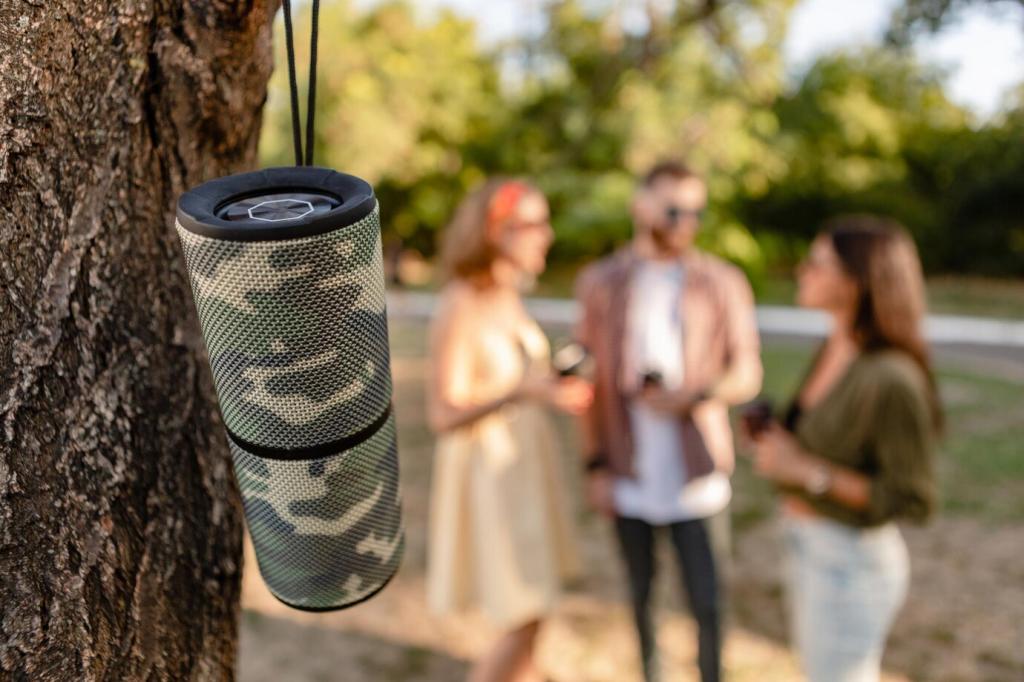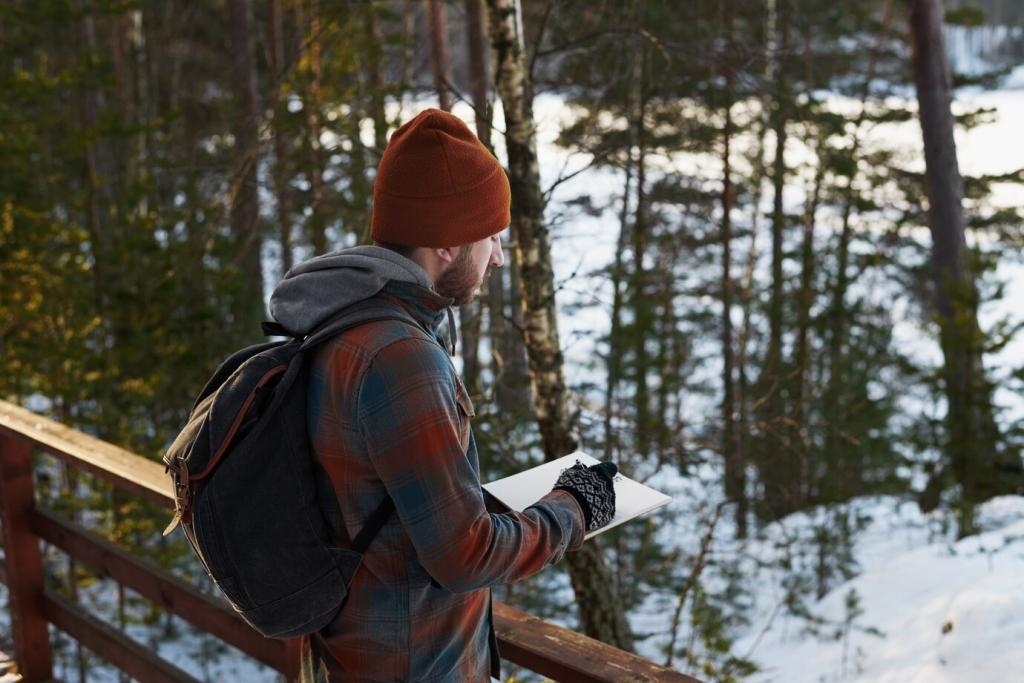Essential Winter Hiking Gear: Confident Steps in the Cold
Today’s chosen theme: Essential Winter Hiking Gear. Step into frost-framed trails with a smart kit, tested tips, and stories that keep you warm, safe, and smiling. Subscribe and share your go-to cold-weather essentials to help our trail community thrive.
Base Layers that Move Moisture, Not Heat
Choose merino or high-wicking synthetics that pull sweat off your skin, preventing chill during snack breaks and summit pauses. On a blustery White Mountains traverse, a thin merino top kept me warm after every steep, sweaty push.
Mid-Layers That Trap Warmth Without Bulk
Fleece, active insulation, and light synthetic puffies balance heat and mobility. I rotate a grid fleece on climbs, then snap in a synthetic jacket for rests. Share your favorite mid-layer pairing and why it earns a permanent pack slot.
Shells, Venting, and Weather Windows
A breathable hardshell with pit zips lets you dump heat while blocking wind and spindrift. Softshells excel on steady climbs. Time your layers to weather windows, and tell us how you manage sweat when snow is swirling sideways.
Footwear and Traction: Ground Truths of Essential Winter Hiking Gear
Insulated Boots That Actually Stay Warm
Look for adequate toe-box room to preserve circulation, removable liners for drying, and outsoles that stay grippy in cold. My switch to slightly larger winter boots ended numb toes on sunrise ascents below zero Fahrenheit.
Microspikes, Crampons, or Snowshoes?
Choose microspikes for packed trails, crampons for steep ice, and snowshoes for flotation in deep powder. I carry spikes by default, then add snowshoes after storms. What’s your traction decision tree when trails mix boilerplate ice and drifted sections?
Socks, Liners, and Gaiters That Seal the System
Wool socks, thin liners, and knee-high gaiters create a warm, snow-proof seal. A friend’s blown stream crossing proved the point—dry liners and tall gaiters prevented a full boot dunk from ending the day.
Navigation and Visibility in Essential Winter Hiking Gear
Carry all three and practice before you need them. Track breadcrumbs on your GPS, but confirm bearings with a compass. A simple paper map saved me when frozen buttons made my handheld GPS nearly unusable in sleet.

Safety, Heat, and Emergency Essentials for Essential Winter Hiking Gear
Emergency Shelter: Bivy, Blanket, and Foam
A mylar bivy, closed-cell sit pad, and lightweight tarp turn a cold wait into survivable rest. After a partner’s sprained ankle, our foam pad kept ground chill from stealing warmth while we organized a careful retreat.
Fire and Stoves When Snow Rules
Pack redundant ignition—lighter, storm matches, ferro rod—and a stove shielded from wind. Dry cotton pads dipped in wax make reliable tinder. Share your quickest hot-drink routine for morale when sleet punishes patience.
Communication and Check-In Plans
Carry a PLB or satellite messenger and set time-bound check-ins. Paper leave-behind plans help rescuers act quickly. What cadence do you use for updates when cell coverage fades behind snowy ridges and thick fir stands?
Food and Hydration: Fueling the Engine of Essential Winter Hiking Gear
Use insulated bottles, stash them upside down, and carry a thermos with something warm. Bottle boots beat freezing hoses. I sip hot broth at windy junctions and feel energy rebound almost immediately.

Packing, Repairs, and Care for Essential Winter Hiking Gear
Pack the day’s next items at the top—dry gloves, mid-layer, microspikes—so transitions are fast and heat stays in. Color-coded sacks help partners find shared items without unpacking half the kit in spindrift.
Packing, Repairs, and Care for Essential Winter Hiking Gear
Duct tape, tenacious patches, zip ties, cord, a needle, and spare buckles weigh little but solve big problems. I once rehung a snowshoe binding with cordage and finished a windy ridge loop safely.


